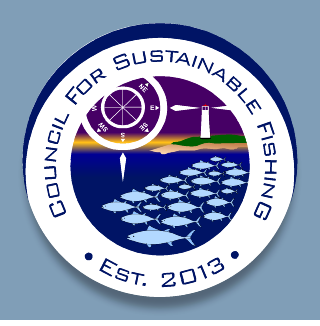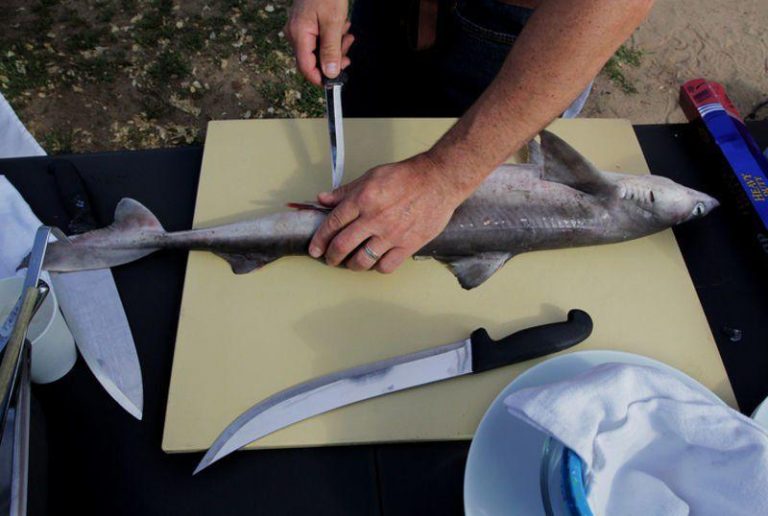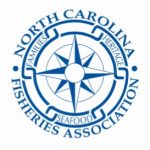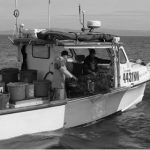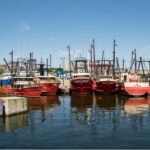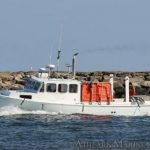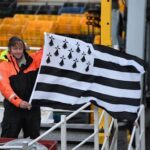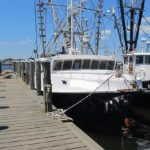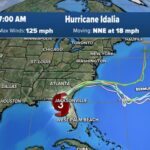Daily Archives: March 9, 2017
Bill would extend shrimping season in portion of Mississippi Sound
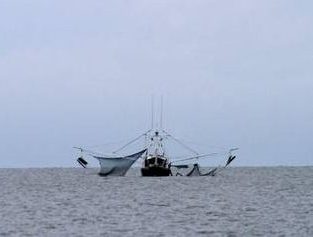 A bill that would open part of the Mississippi Sound a month earlier than the traditional June start of shrimping season is headed to Gov. Phil Bryant. Shrimp season in the Sound south of the Intracoastal Waterway, which essentially divides the Sound, usually closes April 30. North of the Intracoastal Waterway, the season closes Dec. 31. If Bryant signs SB 2683, which was authored by Sen. Tommy Gollott, R-Biloxi, the season in the part of the southern Sound that is east of the Gulfport ship channel could remain open year-round. Department of Marine Resources Executive Director Jamie Miller said the measure is aimed at helping the smaller shrimp boats that make up the majority of the Mississippi fleet. Those boats can’t go out as far as the larger, steel-hulled boats that can fish the deeper waters of the open Gulf. “It’s just another opportunity for those shrimpers who don’t have large boats,” he said. continue reading the story here 21:53
A bill that would open part of the Mississippi Sound a month earlier than the traditional June start of shrimping season is headed to Gov. Phil Bryant. Shrimp season in the Sound south of the Intracoastal Waterway, which essentially divides the Sound, usually closes April 30. North of the Intracoastal Waterway, the season closes Dec. 31. If Bryant signs SB 2683, which was authored by Sen. Tommy Gollott, R-Biloxi, the season in the part of the southern Sound that is east of the Gulfport ship channel could remain open year-round. Department of Marine Resources Executive Director Jamie Miller said the measure is aimed at helping the smaller shrimp boats that make up the majority of the Mississippi fleet. Those boats can’t go out as far as the larger, steel-hulled boats that can fish the deeper waters of the open Gulf. “It’s just another opportunity for those shrimpers who don’t have large boats,” he said. continue reading the story here 21:53
Fish fight: Scientists battle over the true harm of mercury in tuna
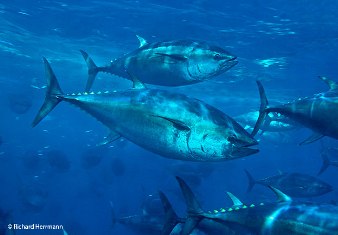 Molly Lutcavage thought she had a deal. For more than a decade, she had collected hundreds of tissue samples from bluefin tuna in hopes of settling a question that has long vexed pregnant women and the parents of young children: Should they eat the big fish, a beneficial source of protein and fatty acids? Or did mercury contamination make them too dangerous? Lutcavage hoped to test the theory that selenium, a key chemical found in tuna, prevents mercury from being transferred to the people who eat them and that, therefore, the fish are safe to eat. So she gave her hard-won samples to a colleague, Nick Fisher, to analyze in his lab. But Fisher, it seems, didn’t have as much interest in Lutcavage’s selenium theory. Two years later, he produced a study focused almost exclusively on his own hypothesis: that lowering pollution emissions from power plants reduced the levels of mercury in bluefin tuna. Lutcavage was furious, and the two scientists went to war. continue reading the article here 14:55
Molly Lutcavage thought she had a deal. For more than a decade, she had collected hundreds of tissue samples from bluefin tuna in hopes of settling a question that has long vexed pregnant women and the parents of young children: Should they eat the big fish, a beneficial source of protein and fatty acids? Or did mercury contamination make them too dangerous? Lutcavage hoped to test the theory that selenium, a key chemical found in tuna, prevents mercury from being transferred to the people who eat them and that, therefore, the fish are safe to eat. So she gave her hard-won samples to a colleague, Nick Fisher, to analyze in his lab. But Fisher, it seems, didn’t have as much interest in Lutcavage’s selenium theory. Two years later, he produced a study focused almost exclusively on his own hypothesis: that lowering pollution emissions from power plants reduced the levels of mercury in bluefin tuna. Lutcavage was furious, and the two scientists went to war. continue reading the article here 14:55
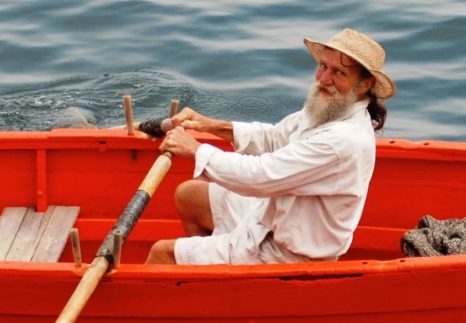
Eddie Ritter, the last of the Provincetown dory fishermen, dies at 72
Eddie Ritter, the town’s iconic fisherman who was often painted and photographed rowing his orange dory through Provincetown Harbor, led the Flounder Flop at the Old Colony Tap and was a veteran of the Vietnam War, died of cancer at home on Saturday, March 4. He was 72 years old. Ritter was drafted into the Army and was part of a reconnaissance platoon until 1967. Two years after he got out, a friend told him about Provincetown. He came to town as a visitor for a few years, moving permanently in 1974 or 1975, after Joan Connors, the mother of their son, Sasha, moved to Provincetown. It was here that he found his sea legs through a friend who was working aboard the commercial vessel Cap’n Bill. Ritter was asked if he wanted to go scalloping. It was a life-altering trip — he was hooked. Though he was taken with fishing, he didn’t want to spend all his time on big commercial vessels. Ritter wanted to fish from a dory, a boat with a flat bottom, high sides and a sharp bow. Read this interesting story here, and lets celebrate the life of Eddie Ritter, P-Towns last dory man. 14:32
Crabbers receiving record prices for low catch
 The year’s first red king crab fishery at Norton Sound has yielded 17,000 pounds Alaska crabbers are hauling back pots from the Panhandle to the Bering Sea, and reduced catches are resulting in record prices for their efforts. The year’s first red king crab fishery at Norton Sound has yielded 17,000 pounds so far of its nearly 40,000 pound winter quota for more than 50 local fishermen. The crab, which are taken through the ice near Nome, are paying out at a record $7.75 a pound. A summer opener will produce a combined catch of nearly half a million pounds for the region. Red king crab from Bristol Bay also yielded the highest price ever for fishermen, averaging $10.89 per pound. That catch quota of 8 million pounds was down 15 percent from the previous season. The Bering Sea snow crab fleet has taken 80 percent of its 19 million pound quota, down by nearly half from last year. That’s pushed market prices through the roof, topping $8.30 a pound at wholesale in both the U.S. and Japan, compared to over $5.50 per pound a year ago. continue reading the article here 13:56
The year’s first red king crab fishery at Norton Sound has yielded 17,000 pounds Alaska crabbers are hauling back pots from the Panhandle to the Bering Sea, and reduced catches are resulting in record prices for their efforts. The year’s first red king crab fishery at Norton Sound has yielded 17,000 pounds so far of its nearly 40,000 pound winter quota for more than 50 local fishermen. The crab, which are taken through the ice near Nome, are paying out at a record $7.75 a pound. A summer opener will produce a combined catch of nearly half a million pounds for the region. Red king crab from Bristol Bay also yielded the highest price ever for fishermen, averaging $10.89 per pound. That catch quota of 8 million pounds was down 15 percent from the previous season. The Bering Sea snow crab fleet has taken 80 percent of its 19 million pound quota, down by nearly half from last year. That’s pushed market prices through the roof, topping $8.30 a pound at wholesale in both the U.S. and Japan, compared to over $5.50 per pound a year ago. continue reading the article here 13:56
Maritime Radar to Celebrate 70th Anniversary
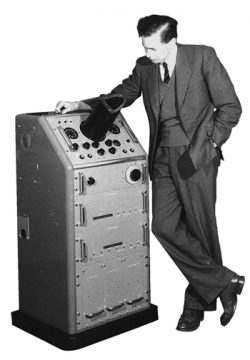 The first Type 1 radar system was produced and installed on a fishing trawler in 1947. It would become the first type-approved radar of any kind, earning a type-approval certificate in August 1948. Kelvin Hughes (www.kelvinhughes.com), a company with a 250-year history, is proud of having produced that navigation radar system and achieving a milestone in maritime history. The firm has developed radar systems for commercial ships, fishing vessels, coast-guard patrol vessels, and warships. continue reading the article here 12:32
The first Type 1 radar system was produced and installed on a fishing trawler in 1947. It would become the first type-approved radar of any kind, earning a type-approval certificate in August 1948. Kelvin Hughes (www.kelvinhughes.com), a company with a 250-year history, is proud of having produced that navigation radar system and achieving a milestone in maritime history. The firm has developed radar systems for commercial ships, fishing vessels, coast-guard patrol vessels, and warships. continue reading the article here 12:32
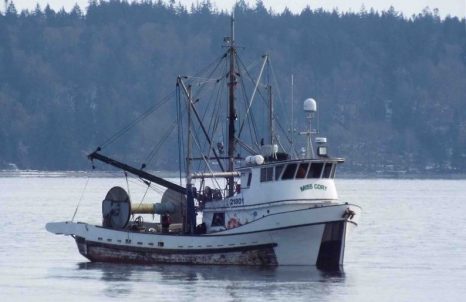
Fishing fatality prompts call for safer vessels, full investigation
The brother of the 51-year-old fisherman from Alert Bay who died when the Miss Cory capsized is calling for safety improvements to the industry. Mel Rocchio was in the engine room when the vessel took less than 15 seconds to capsize Monday afternoon after listing in calm waters near Comox, off Cape Lazo. It was the first day of the commercial seine roe-herring fishery in the Strait of Georgia. Four other crew members survived. Rocchio’s brother, Jim, also a veteran of the commercial fishing industry, said a 19.5-metre-long boat doesn’t sink that fast unless there are “catastrophic failures.” He said he wants to see a full investigation into his brother’s death. “If anything, we need to learn from this,” he said. “I really feel in my heart that no one else should have to go through this. Identify the problem and correct it so other people don’t lose a brother, or uncle or grandfather.” continue reading the story here 10:54
Department of Fisheries and Oceans considers making on-board cameras a must in N.S., P.E.I. tuna fishery
Canada’s DFO 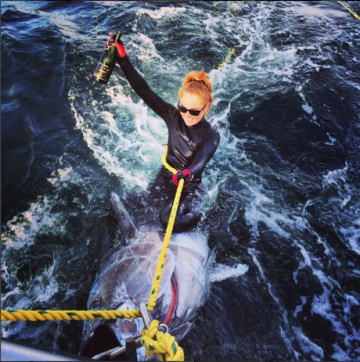 is considering making onboard surveillance cameras mandatory in the tuna fishery in northern Nova Scotia and Prince Edward Island. Next week DFO will release to industry its review of a two-year pilot project that saw cameras installed — starting in 2015 — for the first time in a commercial fishery in Atlantic Canada. The rear-facing cameras are aimed only at fishing activity. The department, which collects and reviews the data, says it may move to full implementation in the Gulf region for the commercial and charter boat catch-and-release bluefin tuna fishery in 2017. “This fishery has seen an increase in reports of non-compliance in recent years,” says a July 2016 briefing note prepared for the federal fisheries minister. More fallout from Operation Hook Up,,, continue reading the story here 10:17
is considering making onboard surveillance cameras mandatory in the tuna fishery in northern Nova Scotia and Prince Edward Island. Next week DFO will release to industry its review of a two-year pilot project that saw cameras installed — starting in 2015 — for the first time in a commercial fishery in Atlantic Canada. The rear-facing cameras are aimed only at fishing activity. The department, which collects and reviews the data, says it may move to full implementation in the Gulf region for the commercial and charter boat catch-and-release bluefin tuna fishery in 2017. “This fishery has seen an increase in reports of non-compliance in recent years,” says a July 2016 briefing note prepared for the federal fisheries minister. More fallout from Operation Hook Up,,, continue reading the story here 10:17
Oregon seeks compromise on Columbia salmon fishing reforms
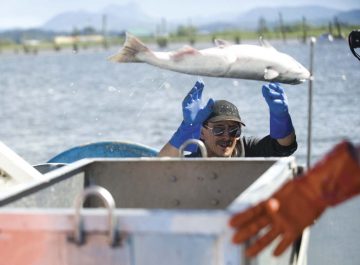 The chairman of the Oregon Fish and Wildlife Commission has offered to compromise with the Washington commission over their differences regarding the Columbia River salmon reforms. Earlier this year, the two state commissions approved reforms starting this year in how salmon are allocated between sport and commercial fishermen and allowable commercial fishing methods. Oregon opted for a plan more friendly to commercial fishing than did the Washington Fish and Wildlife Commission. Oregon Gov. Kate Brown then scolded the Oregon commission for reneging on a 2013 agreement to limit gillnetting to off-channel areas and told it to change the policy by April 3. Michael Finley, chair of the Oregon commission, sent a letter to Brad Smith, chair of the Washington commission, on Tuesday detailing his compromise proposals. By species, here is a look at Finley’s proposals: continue reading the story here 09:26
The chairman of the Oregon Fish and Wildlife Commission has offered to compromise with the Washington commission over their differences regarding the Columbia River salmon reforms. Earlier this year, the two state commissions approved reforms starting this year in how salmon are allocated between sport and commercial fishermen and allowable commercial fishing methods. Oregon opted for a plan more friendly to commercial fishing than did the Washington Fish and Wildlife Commission. Oregon Gov. Kate Brown then scolded the Oregon commission for reneging on a 2013 agreement to limit gillnetting to off-channel areas and told it to change the policy by April 3. Michael Finley, chair of the Oregon commission, sent a letter to Brad Smith, chair of the Washington commission, on Tuesday detailing his compromise proposals. By species, here is a look at Finley’s proposals: continue reading the story here 09:26

Massive Rogue Waves Aren’t Rare
University of Miami Rosenstiel School of Marine and Atmospheric Science scientist Mark Donelan and his Norwegian Meteorological Institute colleague captured new information about extreme waves, as one of the steepest ever recorded passed by the North Sea Ekofisk platforms in the early morning hours of Nov. 9 2007. Within the first hour of the day, the Andrea wave passed by a four-point square array of ocean sensors designed by the researchers to measure the wavelength, direction, amplitude and frequency of waves at the ocean surface. Using the information from the wave set—a total of 13,535 individual waves—collected by the system installed on a bridge between two offshore platforms, the researchers took the wave apart to examine how the components came together to produce such a steep wave. continue reading the article here 08:48
Trump asked to remove all marine monument fishing prohibitions established by the past two administrations
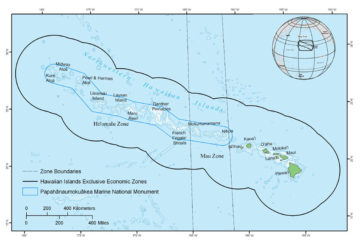 The request is from the chairman of the House Committee on Natural Resources, Congressman Rob Bishop, and American Samoa’s Congresswoman Aumua Amata. The letter says prohibitions on commercial fishing in marine monuments, or reserves, has impacted the US fishing fleet as well as forcing one cannery operation in Pago Pago to close. According to the two Republicans, closing US waters to domestic fisheries is federal overreach and obstructs well managed, sustainable US fishing industries in favour of foreign counterparts. The letter says over half of US waters in the Pacific have been closed to commercial fishing by a stroke of the pen without specific evidence, socioeconomic analysis, or a deliberative and public process. Link 08:10
The request is from the chairman of the House Committee on Natural Resources, Congressman Rob Bishop, and American Samoa’s Congresswoman Aumua Amata. The letter says prohibitions on commercial fishing in marine monuments, or reserves, has impacted the US fishing fleet as well as forcing one cannery operation in Pago Pago to close. According to the two Republicans, closing US waters to domestic fisheries is federal overreach and obstructs well managed, sustainable US fishing industries in favour of foreign counterparts. The letter says over half of US waters in the Pacific have been closed to commercial fishing by a stroke of the pen without specific evidence, socioeconomic analysis, or a deliberative and public process. Link 08:10






